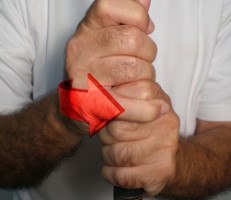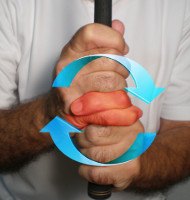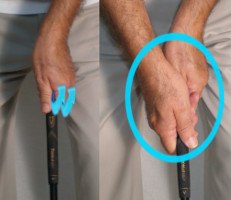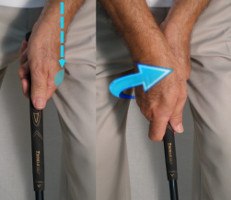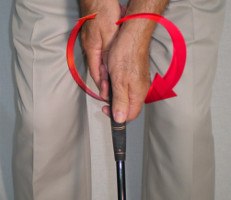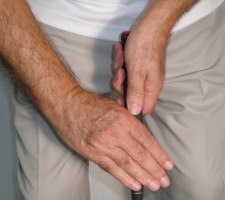Pros and Cons of Every Golf Grip Style |
Best Grip? Overlapping vs Interlocking |
Grip style: Interlocking |
Hand position: strong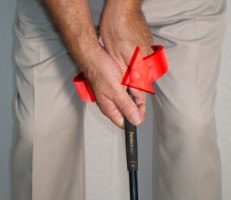 |
Putting grip style / hand position: Varies between conventional and “claw”
|

If it ain’t broke,” the old saying goes, “don’t fix it.” Apparently, there’s one Georgia Bulldog who never heard the phrase.
Chris Kirk’s grip with the putter seemed to work just fine in 2013, when he ranked 17th on the PGA TOUR in strokes gained putting, and 2014, when he ranked 22nd and won twice en route to a second-place FedEx Cup finish.
But standing dead last through three rounds of the 2015 Hyundai Tournament of Champions, Kirk decided to try the “claw” grip he’d been practicing for six months. Something must have clicked: Kirk fired an 11-under-par 62 in the final round at Kapalua.
Kirk’s regular putting grip is an unusual, “triple overlap” concoction – think Ryan Moore’s putting grip, with an extra right finger over the left. With the claw, Kirk simply holds the top of the handle with his left hand and gently squeezes the bottom between right thumb and index finger.
Kirk made the switch, he said, in the hopes of starting the ball on the correct line more often.
Chris Kirk’s grip, full-swing version, is just a tad on the strong side. In fact, his left hand is basically neutral; it’s his right that’s turned away from the target. You can tell by the “V” (base of thumb and forefinger) pointing almost directly up his right arm at address.
It’s an all-purpose grip that helps Kirk keep the ball in play. He’s not the longest hitter out there, ranking 80th for driving distance in 2014, but his accuracy has improved steadily since his rookie year in 2011.
